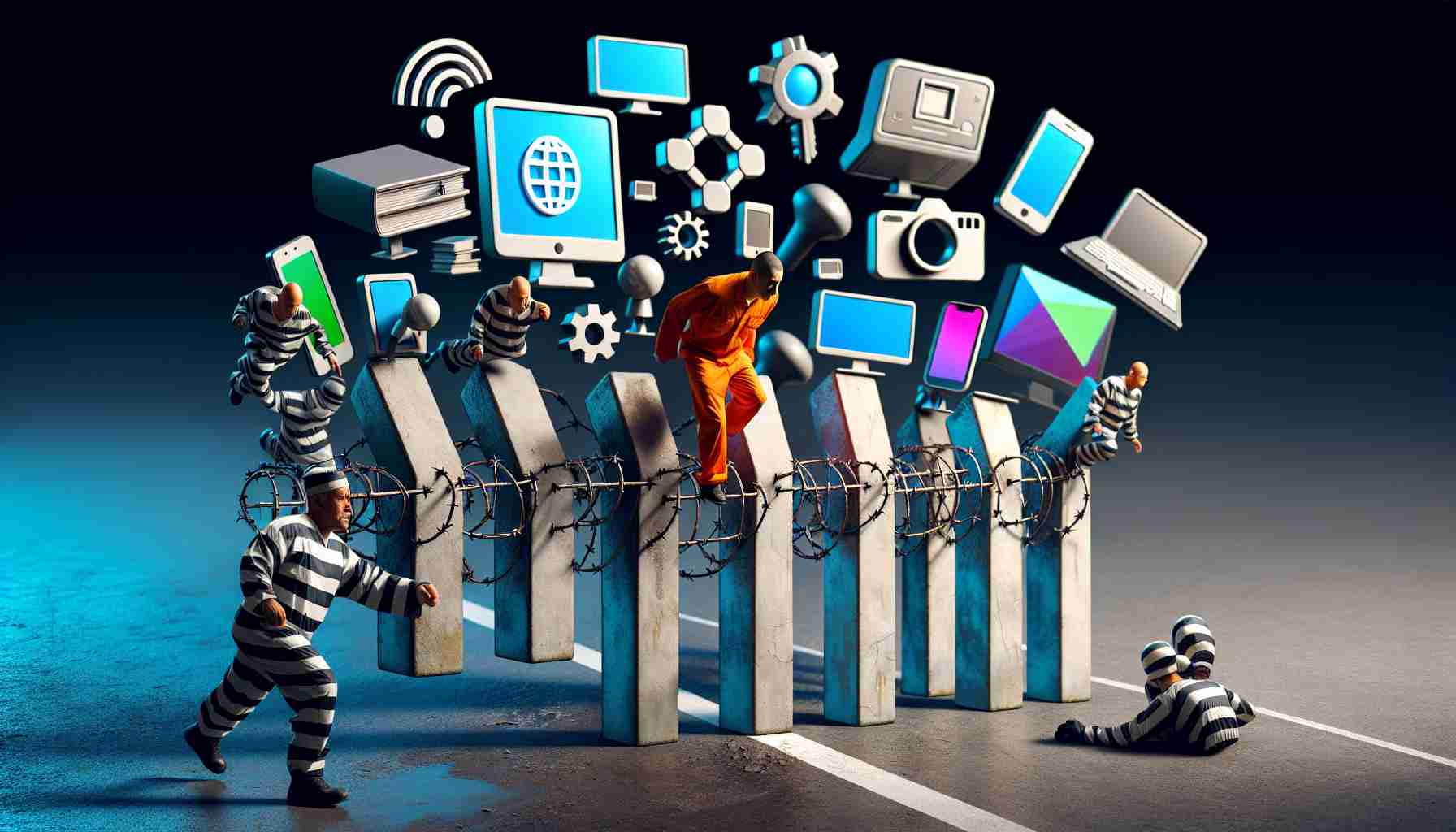Integration Challenges in the Digital Age
The swift advancement of technology continues to shape our everyday life, often rendering past experiences and skills obsolete. A notable struggle with keeping pace in the digital era is witnessed among a specific group – individuals who re-enter society after serving long prison sentences. This demographic is confronted with an environment vastly different from the one they left, especially so if they’ve been incarcerated for over half a decade.
Our life has evolved from the simplicity of paper-based transactions to a world dominated by digital interactions. The societal shift toward technology impacts everyone, but for former inmates, it presents a unique hurdle. Being deprived of modern tech during incarceration leaves them at a significant disadvantage once released.
Adapting to Technology: Support Needed for Re-entering Individuals
In their new chapter outside prison walls, former inmates encounter an unfamiliar reality that is heavily reliant on technology for the most basic needs – from securing employment to accessing social services. The digital divide adds another layer of difficulty for these individuals.
During a recent survey involving 15 Australians aged between 47 to 69, these former prisoners recounted their reintroduction into society as a time fraught with intimidation and confusion. Fundamentally disconnected from technological advancements, they struggle to rebuild their lives, which is worsened by the psychological distress of feeling alien in their own community.
With post-incarceration already presenting significant challenges like social isolation, recidivism, and instability, the realm of rapid digitalisation compounds these issues. Real-life examples highlight how former inmates grapple with everything from online job applications to staying connected with loved ones.
Reform and reintegration strategies need to address this gap by introducing updated digital literacy programs both inside and outside prison facilities. Interviews with former inmates suggest an appetite for support in technology usage specific to their needs, clear of judgement and rich in hands-on learning, starting within the prison environment and continuing post-release. Such initiatives could prove instrumental in smoothing their transition and reducing the likelihood of reoffending.
Key Challenges and Controversies
Former inmates face multiple challenges when re-entering society, especially regarding the use of emerging technologies. Key challenges include:
– Digital Literacy: After years of being cut off from the rapid evolution of technology, many former inmates lack basic digital skills.
– Access to Technology: Even if willing to learn, access to technology can be costly, and many just released from prison may not have the financial means to afford personal tech devices.
– Employment: The job application process has moved online, making it difficult for those who lack digital know-how or access to technology.
– Social Services: Services such as healthcare, housing support, and unemployment benefits increasingly require an online application, which can be a barrier.
– Social Reintegration: Maintaining relationships or building new ones often relies on social media platforms, creating an additional hurdle for those not tech-savvy.
Controversies arising from this issue include:
– Prison Rehabilitation: There is debate over whether the prison system should be responsible for providing technology education and access to ensure successful reintegration.
– Right to Access: Access to technology is sometimes framed as a basic human right, leading to discussions about the role of government and society in providing such access to marginalized individuals.
Advantages and Disadvantages
The integration of digital literacy programs for former inmates has several advantages, including:
– Reduced Recidivism: Empowering with digital skills can lead to better job opportunities, stability, and lower chances of reoffending.
– Increased Autonomy: Technological competence allows individuals to manage their affairs independently, boosting confidence and self-sufficiency.
– Improved Communication: Knowledge of digital tools helps former inmates reconnect with society and maintain relationships.
However, some disadvantages are also to be considered:
– Cost: Implementing widespread digital literacy programs and providing access to technology requires funding, which can be a point of contention.
– Equal Access: There is a risk of inequality where only some individuals have access to these programs due to varying policies across different regions.
For support and to explore further information about technology and society, these related links could be useful:
– Electronic Frontier Foundation for issues of civil liberties and technology.
– Code for America for initiatives that help government services work for the people in the digital age.
– Pew Research Center for studies and surveys on technology’s impact on society.
– American Civil Liberties Union for legal advocacy on issues such as digital privacy rights.
The source of the article is from the blog toumai.es
